The Berlin wall was built by the Soviet Union in 1961 to stop the flow of people defecting from East to West Germany. It was a 12-foot concrete wall that was topped with a smooth pipe to prevent climbing. Behind the wall was a ‘Death Strip’ full of vicious dogs, spikes, trip-wire machine guns, floodlights and a gauntlet of soft sand to reveal footprints. This provided a clear line of sight for the 302 watchtowers, where soldiers were posted with orders to shoot escapees on site.
The Second World War was the largest armed conflict in human history and was fought between two major groups of nations, namely, the Allied Powers and the Axis Powers. The Allied powers—Britain, France, America and the Soviet Union (Russia)—joined forces to fight against the Axis powers of Germany, Italy and Japan… and defeated them.
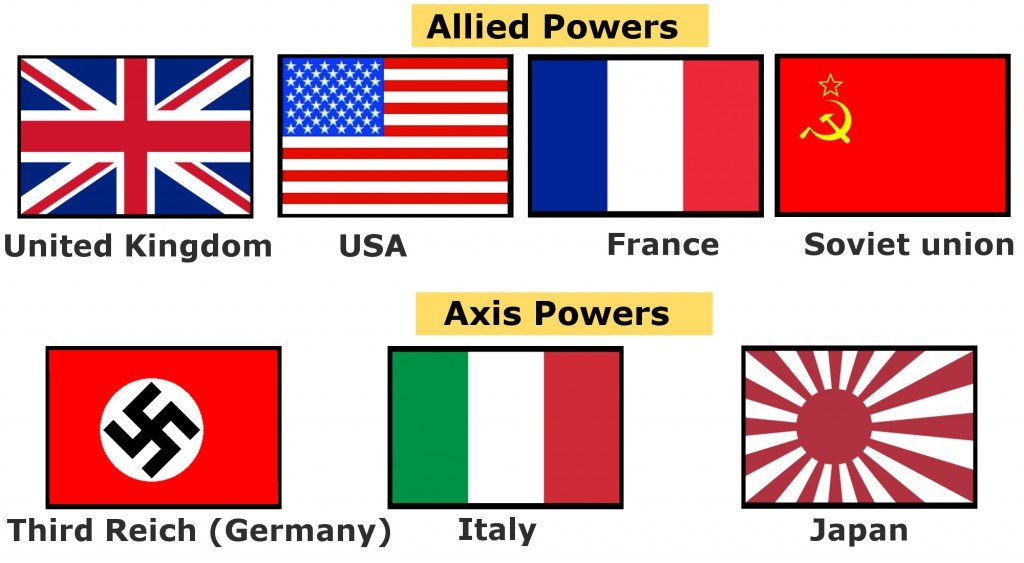
The post-war negotiations took place at two conferences in 1945–one before and one after the official end of the war–to decide what would happen to Europe, and Germany, in particular.
The Yalta And Potsdam Conferences – Division Of Germany
As you might guess, each of the leaders of the Allied powers had his own set of ideas for rebuilding war-torn Europe and re-establishing order. Roosevelt and Churchill believed in having free elections, whereas Stalin wanted to have a communist Soviet influence on Europe. Clearly, there were some key conflicting interests that needed to be addressed during these conferences.
The Yalta conference decided, among other things, on the unconditional surrender of Nazi Germany, followed by its division into four occupational zones to be controlled by the four Allied nations.
Things had changed by the time the Potsdam conference occurred; the war had ended, Truman had succeeded Roosevelt as the President of the United States, and Stalin’s actions had made it clear that he was not to be trusted to hold up his end of the bargain. Truman, especially, became extremely suspicious of Stalin’s true intentions.
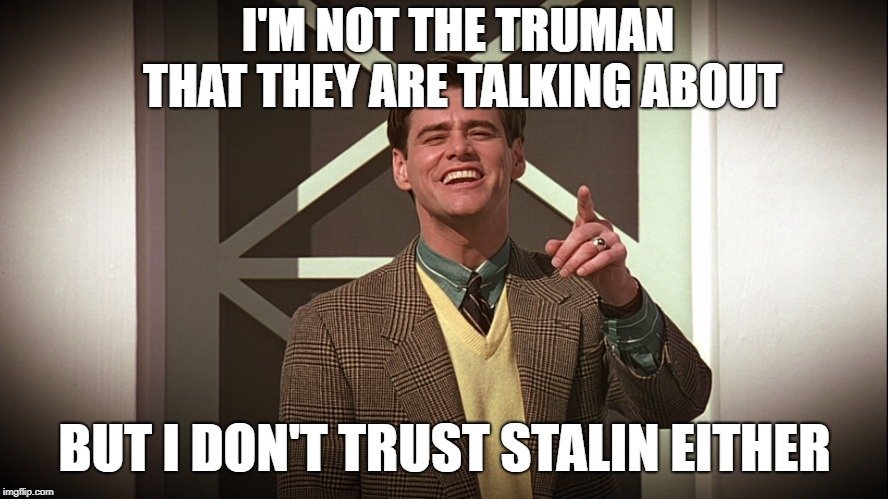
Therefore, although the issues discussed at the Potsdam Conference were more or less similar to those discussed at the Yalta conference, the goodwill to overcome them was gone. The nations no longer needed or wished to stick together, owing to the end of the war, constant conflicts in ideas, and distrust brewing among them.
The Potsdam Conference saw, among other things, arguments about the details of boundaries between the zones and disagreements about the amount of reparations Russia wanted to take from Germany.
Finally, after the Potsdam Conference, Germany was divided into four zones: Great Britain in the northwest, France in the southwest, the United States in the south and the Soviet Union in the east. Berlin, which was situated deep inside the region controlled by the Soviets, was also divided into four sections.
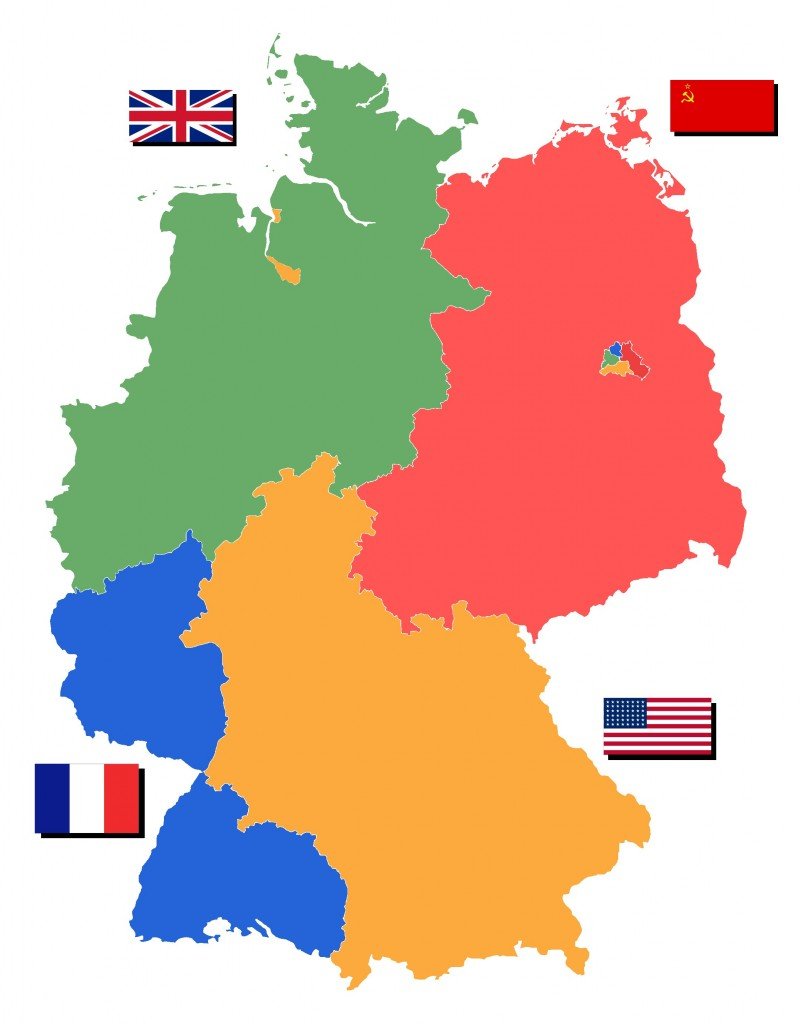
Also Read: Why Was Hadrian’s Wall Built?
Why Was The Berlin Wall Built?
The division of Germany was meant to be temporary, but things changed with the increasing dissensions between the four powers that ruled it. With the Soviets striving for communism and the other three western powers promoting liberal market economies, their relations deteriorated even further. The year 1949 witnessed the formation of the Federal Republic of Germany in the west and the establishment of the German Democratic Republic (GDR) by the Soviets in the east.
The western powers poured money into the development and reconstruction of West Germany, contrary to the Soviets, who extracted resources and exploited East Germany as a form of war reparations. The West thrived under democracy and capitalism, while the GDR suffered under communist rule.
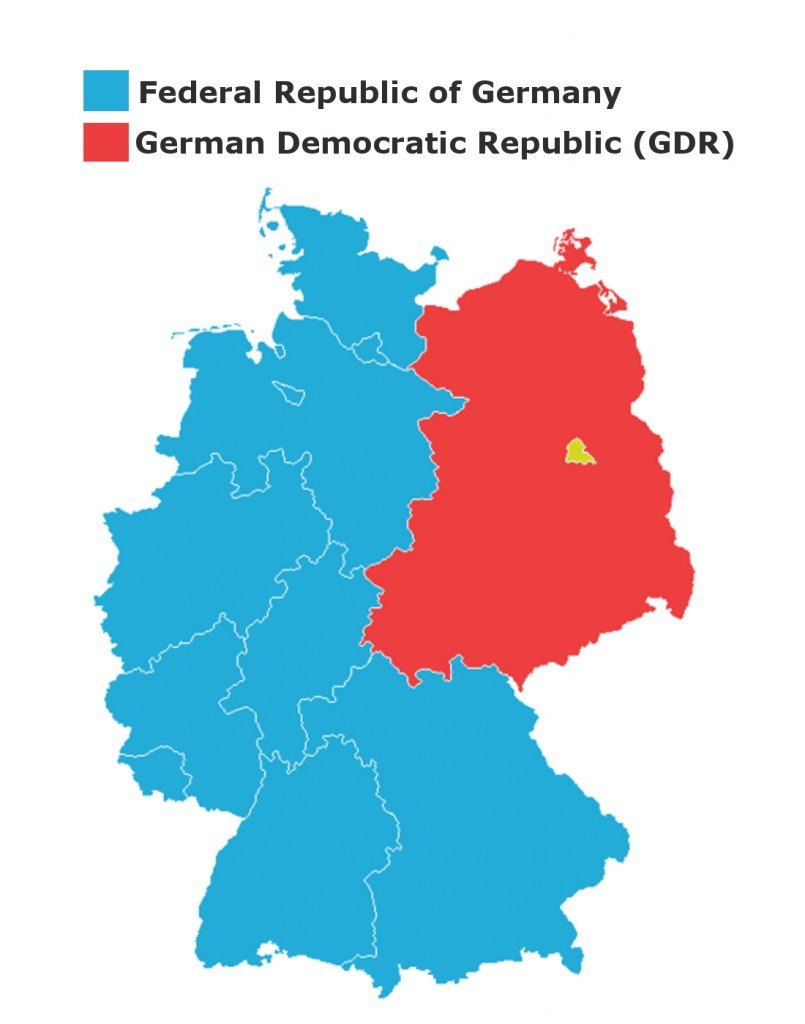
Attracted by the higher salaries and greater personal freedom in the West, people from the GDR constantly fled to the West in pursuit of a better life. The Soviets felt that the floods of people migrating to the West had to be stopped in order to maintain the stability of their communist regime. To ensure this, the East-West Germany border was sealed off and barricaded, most telephone lines were cut, and tram and bus traffic between the two sides was cancelled. The movement of people from GDR to West Germany became virtually impossible.
However, the city of Berlin, which was deep within the GDR, still had the influence of western powers, and stuck like a bone in the Soviet Union’s throat. Berlin remained the only way to escape to the West. By 1961, about 3.5 million people had fled to West Germany since the end of the Second World War, and the same thing was occurring throughout Berlin. This posed a huge problem for the Soviets and was seen as an insult to their communist ideologies. They had to act, and fast, since people were migrating by the thousands every day.
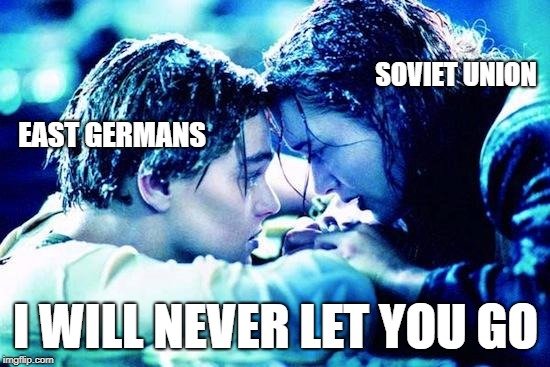
In 1948, the Soviets tried to drive the United States, Britain and France out of West Berlin by starving them. Instead of retreating, however, the United States and its allies supplied essentials to their regions by air. This effort, known as the Berlin Airlift, lasted for more than a year, after which the blockade was called off by the Soviets in 1949.
After a decade of relative calm, tensions flared again in 1958, with the Soviets being embarrassed by the seemingly endless flow of people from East to West. Summits, conferences and other negotiations proved futile. On August 12, 1961, about 2,400 people crossed the border to West Berlin, making it the largest number of defectors ever to leave the GDR in a single day. The leaders of the GDR decided that the survival of the communist regime in the GDR now depended on the complete closing of the East/West Berlin channel.
Also Read: Who Built The Great Wall Of China And Why?
Was It Possible To Escape The Berlin Wall?
When the news about closing the Berlin border was announced on the radio, thousands left everything they possessed and rushed to cross the border before it was too late. The East German army, police force and volunteer construction workers completed an ad hoc barbed wire and concrete block wall in just two weeks. This wall surrounded West Berlin from all sides and separated it from all of East Berlin and the GDR.
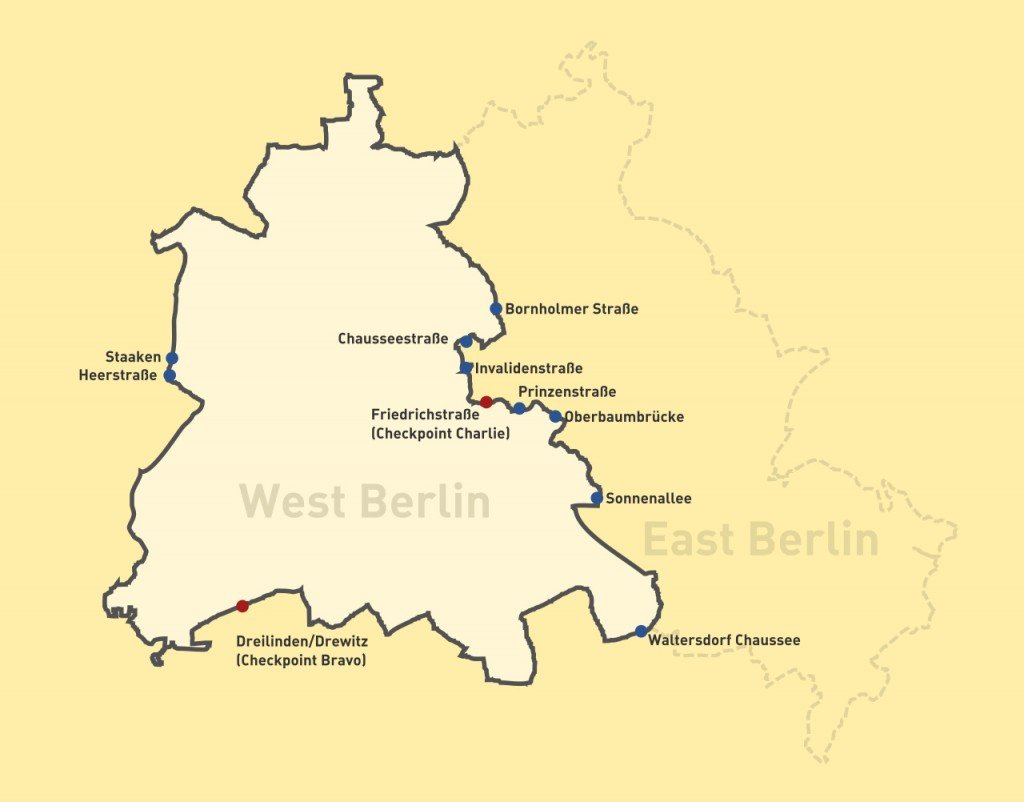
By 1965, the officials of the GDR replaced the makeshift wall with a sturdier one that was much more difficult to cross. This 12-foot wall spanned more than a hundred kilometers and was topped with a smooth pipe to prevent climbing. Behind the wall, on the East German side, was a ‘Death Strip’ full of vicious dogs, spikes, trip-wire machine guns, floodlights and a gauntlet of soft sand to reveal footprints. This provided a clear line of sight for the 302 watchtowers, where soldiers were posted with orders to shoot escapees on site.
Before the wall was built, Berliners could move around fairly freely in both sides of the city. They crossed the border to shop, eat, and go to the movies. After the wall was built, crossing the border became impossible, except through one of the three checkpoints: at Helmstedt (Checkpoint Alpha), Dreilinden (Checkpoint Bravo) and Friedrichstrasse (Checkpoint Charlie). Eventually, the GDR built more checkpoints along the wall. Crossing the border was rarely allowed, except under special circumstances, and only after being screened by East German soldiers at these checkpoints.
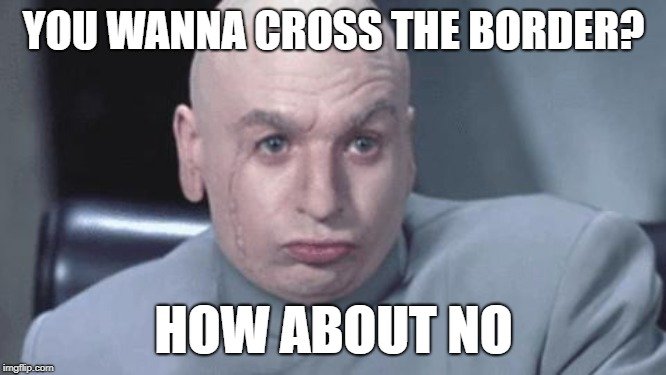
Escaping to West Berlin was extremely difficult and dangerous, but not impossible. More than 5,000 East Germans managed to cross the border from 1961 until the wall came down in 1989 by climbing over the barbed wire, jumping out of buildings adjacent to the wall, digging tunnels, flying in hot-air balloons or crawling through the sewers. One group even crashed a stolen tank through the wall!
However, this was not done without risk. According to official figures, about 133 people were confirmed killed; a prominent victims’ group claims, in fact, that close to 200 people were killed trying to cross the Wall.
How Did The Berlin Wall Fall?
During the 1980s, Russia was experiencing unrest due to the policies of Glasnost and Perestroika implemented by Soviet leader Mikhail Gorbachev. These policies meant that people of Russia could now set up their own businesses and make individual profits. Before, communism had ensured that all wealth was shared equally amongst everyone. Some people hated these new policies, while others wanted Gorbachev to go even further and abandon communism altogether.
Between May 1989 and March 1990, many of the Eastern European communist countries that were under Soviet control also began to fall apart. Anti-communist uprisings began throughout Eastern Europe, including the GDR, while the Soviets struggled to regain control of its embattled republic.
A new regulation was released to fast-track the processing of travel visas for the upcoming holiday, although the requirement of applications and approvals still remained. During a press conference on November 9, 1989, a journalist asked Günter Schabowski, the spokesperson for the East German Communist Party, about the new travel regulations. Schabowski, who had only recently received a copy of these regulations and hadn’t had a chance to read them very carefully, made a mistake. Upon being asked when, exactly, East Germans could begin to take advantage of these new travel rules, he shrugged and responded, “From now.” (Source)
Almost immediately, people began gathering near the wall, demanding passage. The misstatement by Schabowski proved auspicious, resulting in thousands of East and West Germans flocking to the wall, drinking beer and champagne, and chanting “Tor auf!” (“Open the gate!”). At first, the guards would not let them through, but eventually they had to open the barriers as more and more people gathered. Young people began to pull down the wall with hammers and chisels, one piece at a time. Over two million people made their way from East Germany to the West in the first forty-eight hours after the borders were opened!
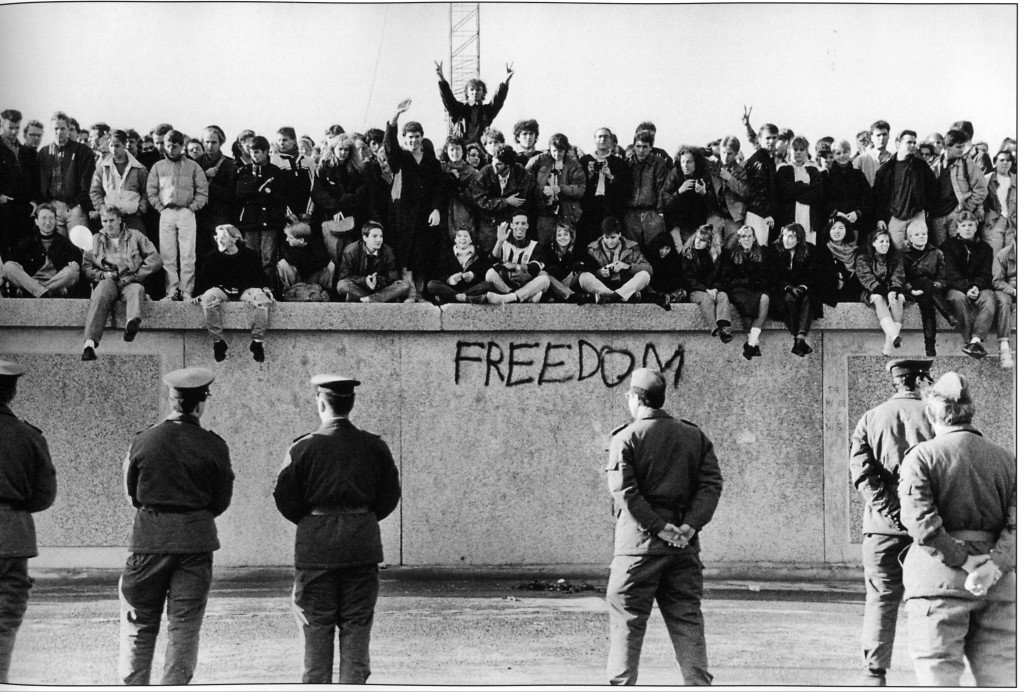
Germany was officially unified on October 3, 1990, after four decades of separation and struggle. The fall of the Berlin Wall has come to signify the end of the Cold War and the collapse of international communism, and is one of the most important events of the 20th century, not only for Germany, but for the entire world.
How well do you understand the article above!

References (click to expand)
- berlin-wall. academic.mu.edu
- The End of WWII and the Division of Europe | CES at UNC. The University of North Carolina at Chapel Hill
- Avalon Project - Potsdam Conference - Avalon Project. Yale Law School
- Relic Landscape of the Iron Curtain in Germany - SIUE. Southern Illinois University Edwardsville
- (DOC) Berlin Wall | Victoria Nguyen - Academia.edu. Academia.edu
